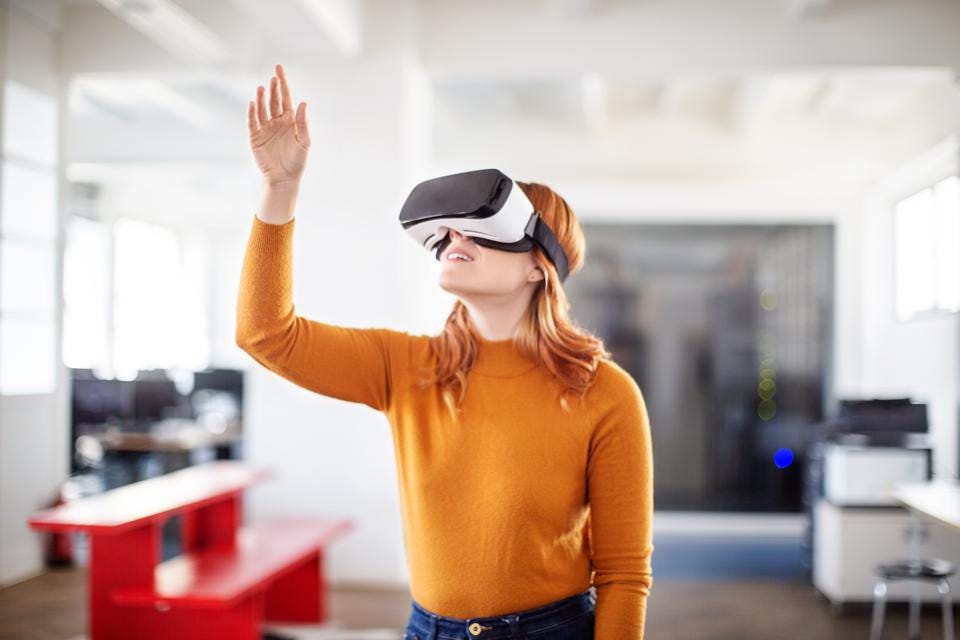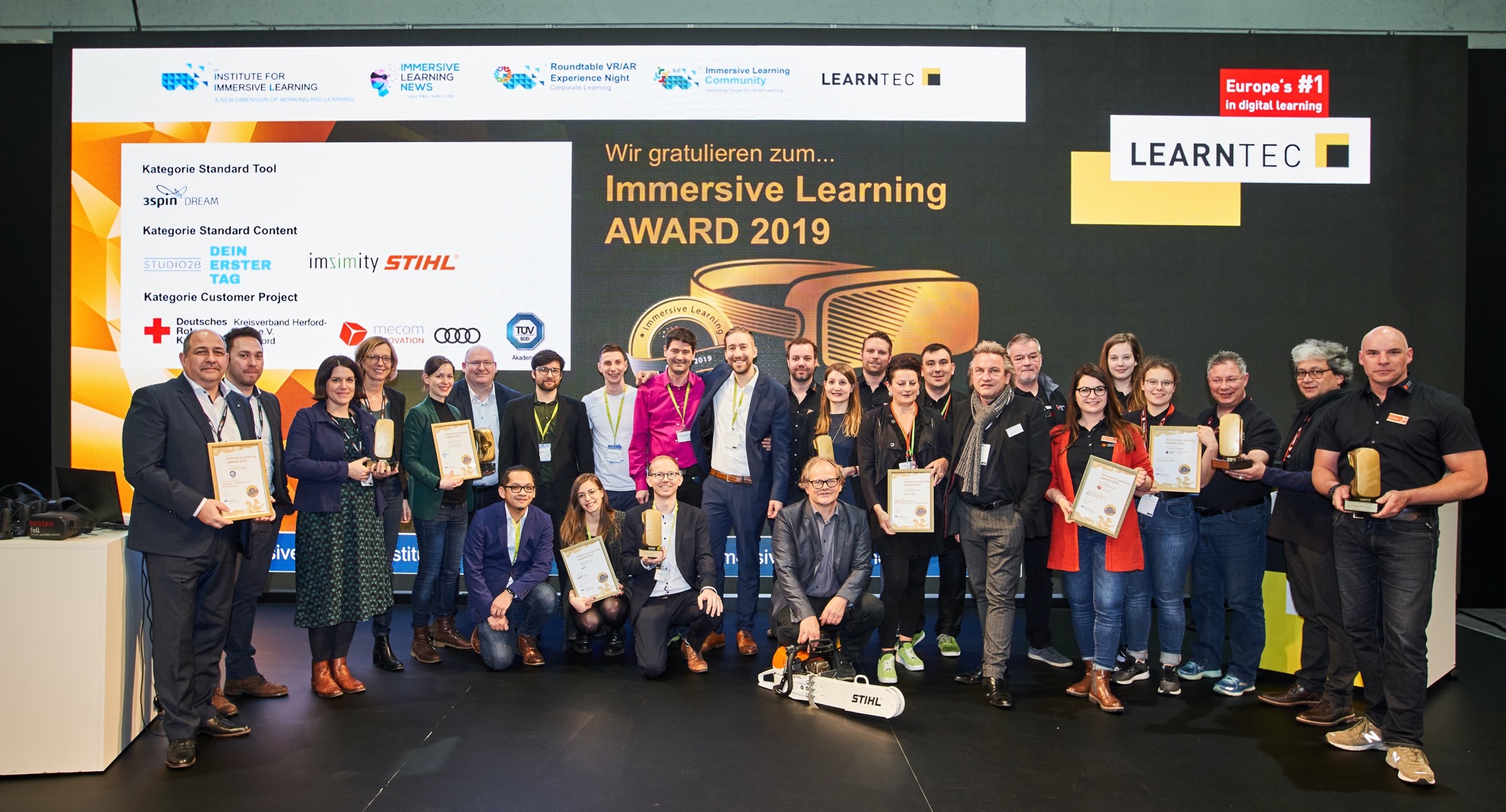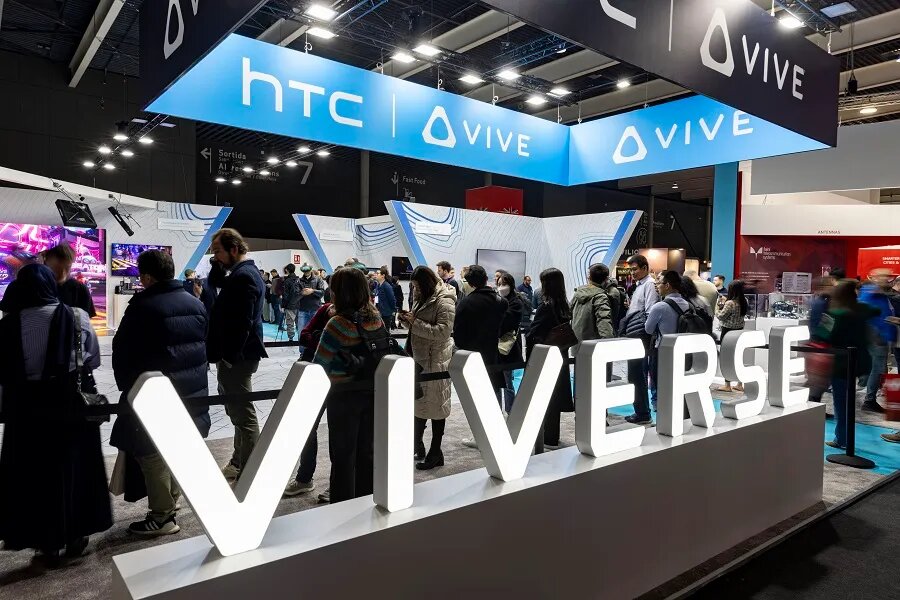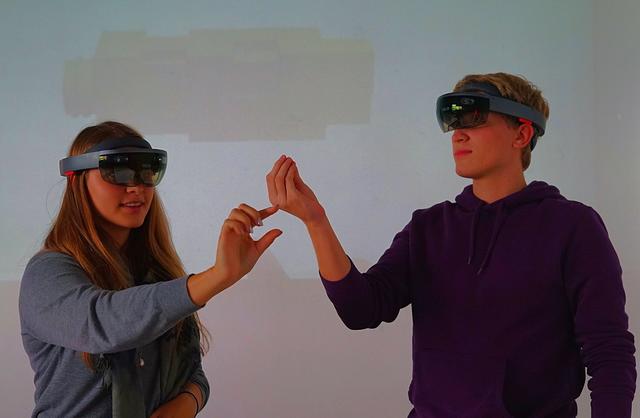E-learning today is rapidly changing from web-based training to more immersive techniques. But a particular pain point in VR is its technical complexity compared to both offline and older web-based learning techniques. VR needs software engineers, and here’s where the costs start to ramp up. But this problem is not unique. Web-based learning also needed specific tech skills and low-code tools.
More Or Less Unity Framework?
Unity Framework is one of the most popular software development tools for VR. It’s widely used for making custom experiences, as well as the apps themselves. However, despite its flexibility, it suffers from two major pain points: tech complexity and cost.
Will low-code platforms push Unity out of the market? To some extent, they just might. There are many use cases that don’t require super detailed VR experiences for the learner to get the point. Once you set up structure and logic, you can go directly into the room that you’ve created and use an extended authoring tool in the headset, directly in VR, and you can pull out the object from the authoring tool and then put it somewhere in the scene. It’s more that we are bringing together plenty of things that are usually separated and then making something out of that that is accessible to non-technical users.
We had a similar case for AR marketing. A customer activated marketing campaigns with AR, so they asked our company to make an “AR CMS” that was a combination of authoring and distribution tools—including an online editor to combine different assets and build AR scenes. It didn’t make things perfect, but it was just good enough to cover a huge part of cases. The rest could be addressed via custom development. However, the CMS itself still needs to be made. Therefore, software developers won’t lose their jobs.
Input Devices: A Huge Issue To Be Solved
While giving a merely “unlimited view” to the metaverse, VR devices still lack versatility in terms of how they handle user input. Our company once developed a laparoscopic VR simulator for surgeons. Users can wear a helmet and learn the full process inside a realistic VR experience, but they won’t get used to a specific laparoscopic tool.
To solve this issue, our client ordered a specific custom manipulator that felt right, like real surgeon tools. Though creating this “IoT device” was probably the most complicated part of the project, it allowed for better movement perception and learning for surgeons.
Streaming And Processing Power
How to use a high-poly model on this low-powered mobile device? One way of doing this would be that the mobile device wouldn’t render the 3-D content at all, but rather you’d have processing power in the cloud that would render it and then stream that to your mobile device. And basically, what the app would do is understand your inputs and then display the VR content that has been rendered in the cloud on your headset in real time. These solutions exist; however, the cost yet is too high for mass usage. Hopefully, further developments will bring the cost down. If not, more and more processing power will be needed on the helmet.
No Castles In The Sky
Most people consider VR too expensive. This is true: Creating VR and AR content, especially custom content, may be expensive. This learning will pay off either in volumes or if you can save on stuff like sending trainers to remote locations, adding remote support, etc.
However, presenting your first VR or AR learning scenario as a lighthouse project is a common mistake. In this instance, all eyes are on the “VR team,” and they’ll be struggling to impress management with ultra-realistic VR. Suppliers may spend anywhere from $50,000 to $200,000 on one single piece of content just to discover that it needs to be distributed, “slightly altered,” learning performance also needs some management, etc. In other words: Content is king, but the king won’t win a battle alone.
There is no need to build a castle in the sky to transfer the learning material. Ninety percent of the web-based training content in use today is not award-winning content that is featured at Cannes or the Oscars. It’s just good enough; it’s built with an “80/20 approach”: You get 80% of what you want for 20% of the cost or the effort. And I think that’s the mindset that needs to go along with whatever technology you’re using.
Quelle:
Foto: Getty




